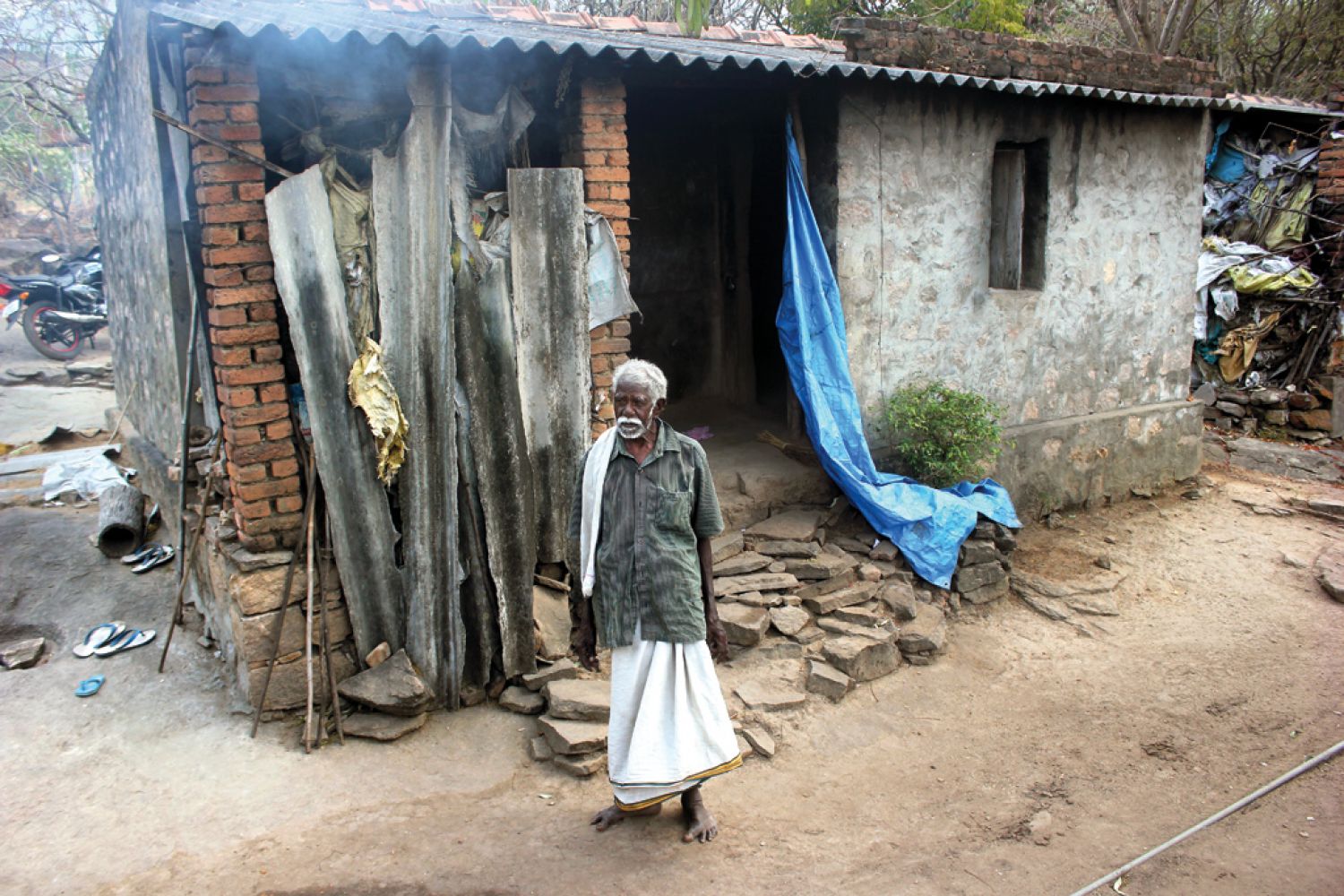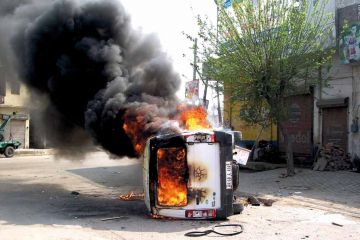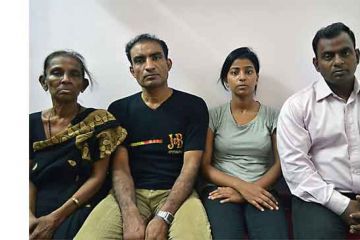
Chapli Kannan’s age is
a consequence of his moods. In a matter of hours, it can vary from 70 to 90,
and his moods, from jocular stoicism to a grumpy, acrid version of the same.
According to him, his age now is one where the banality of numbers does not
exist. He isn’t sure of precisely how old he is, but he says, “You can call me
an old man, that’s what matters.” That’s how he often concludes his anecdotes:
with a nonchalant “athu thane kaaryam”. “That’s what matters”.





